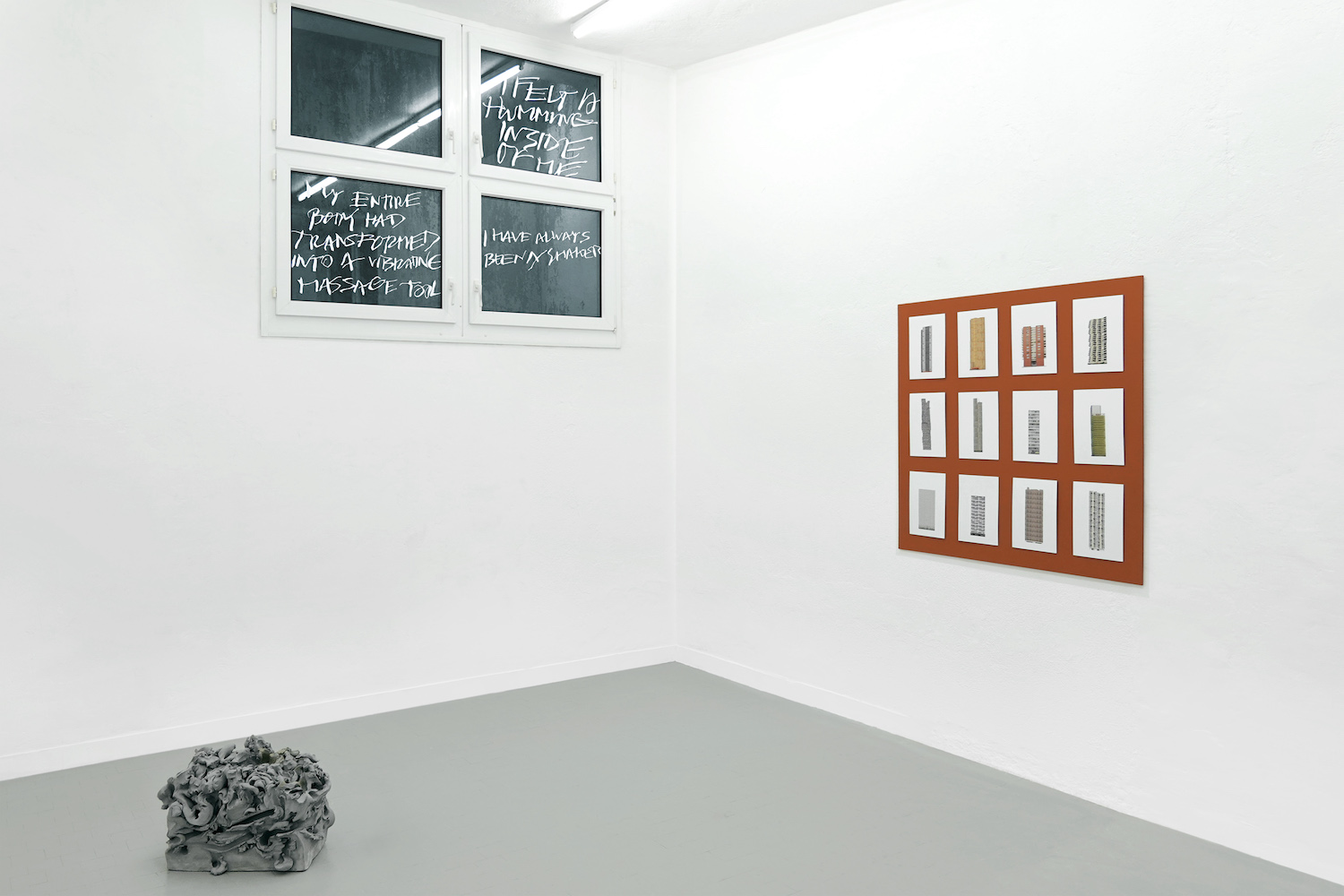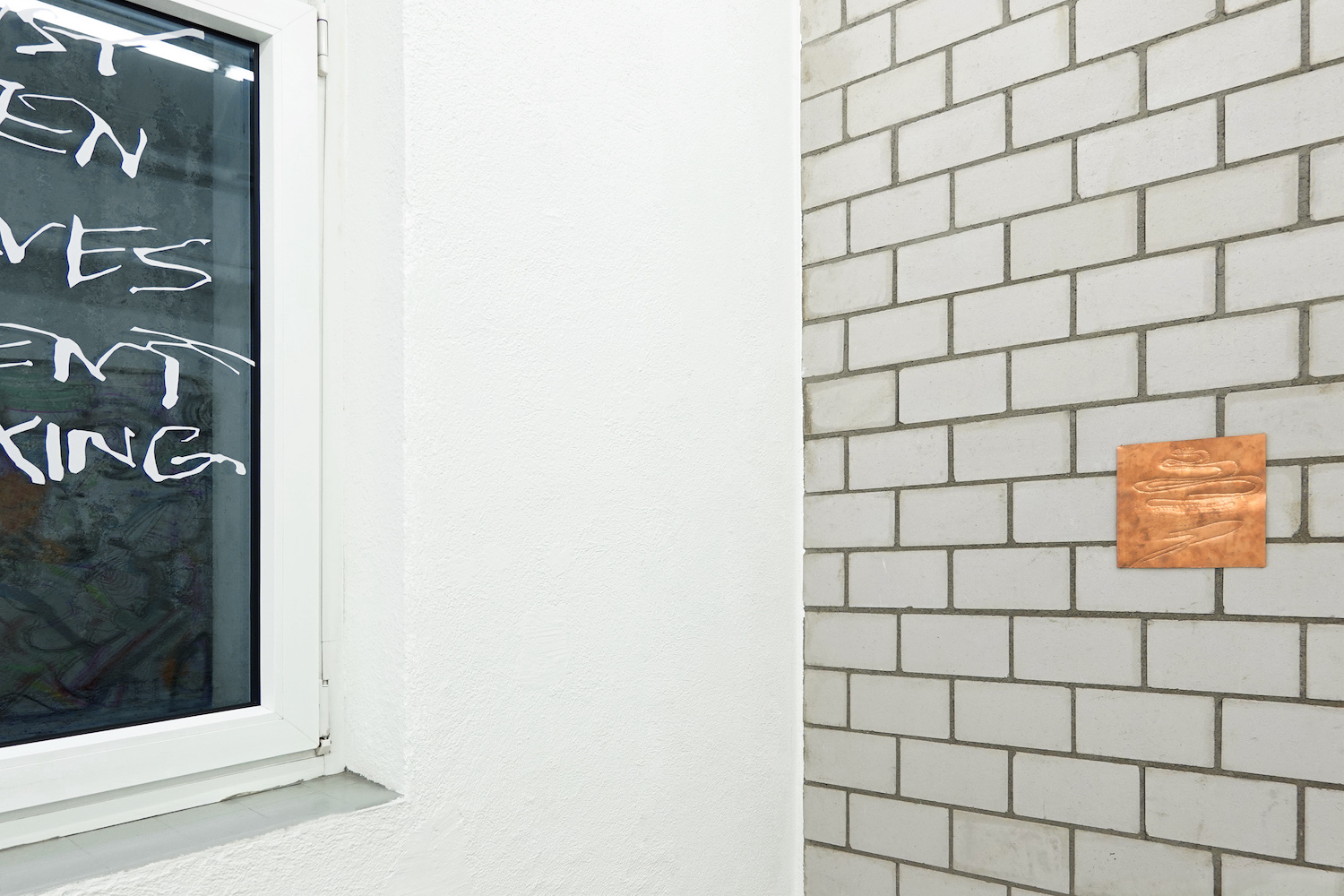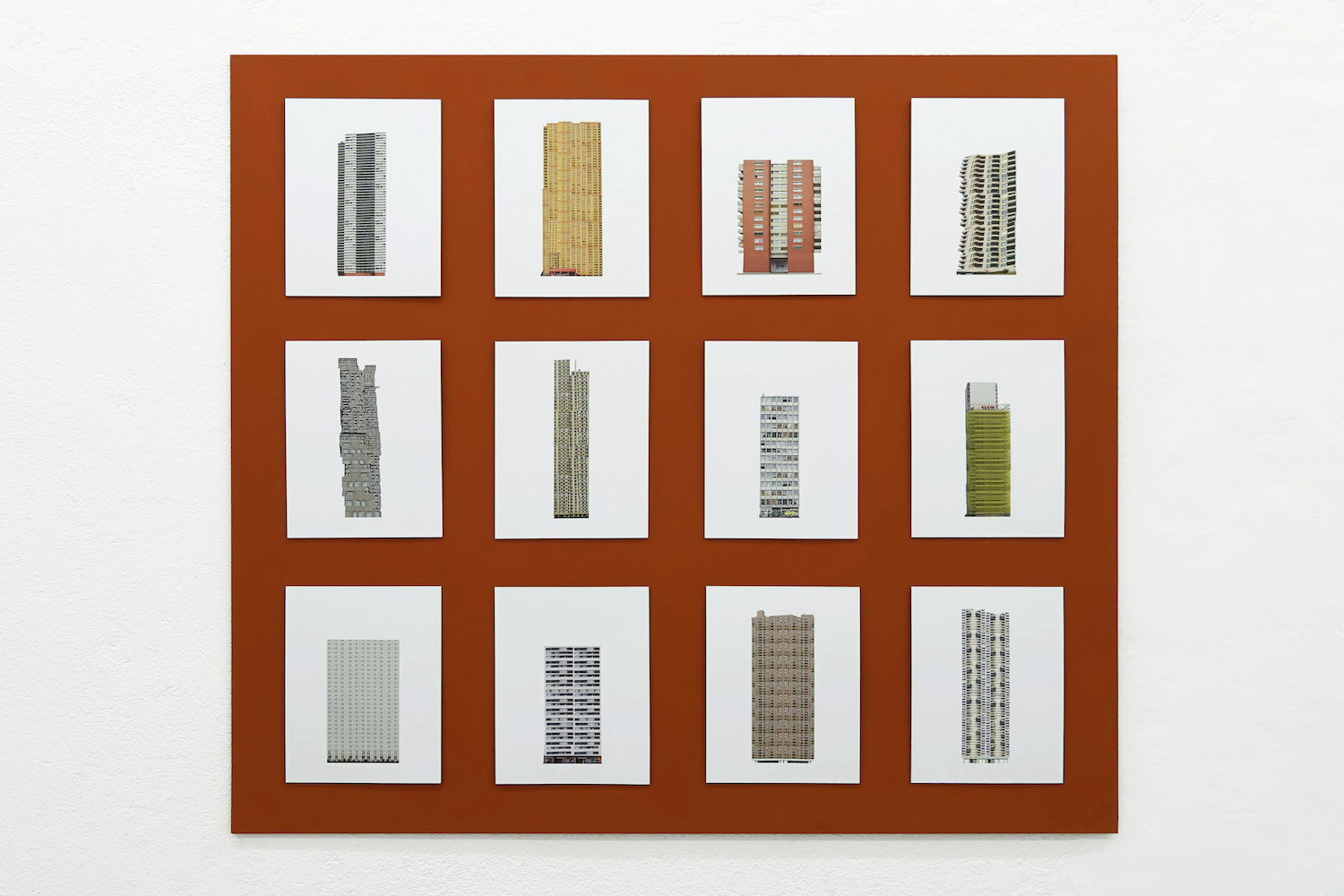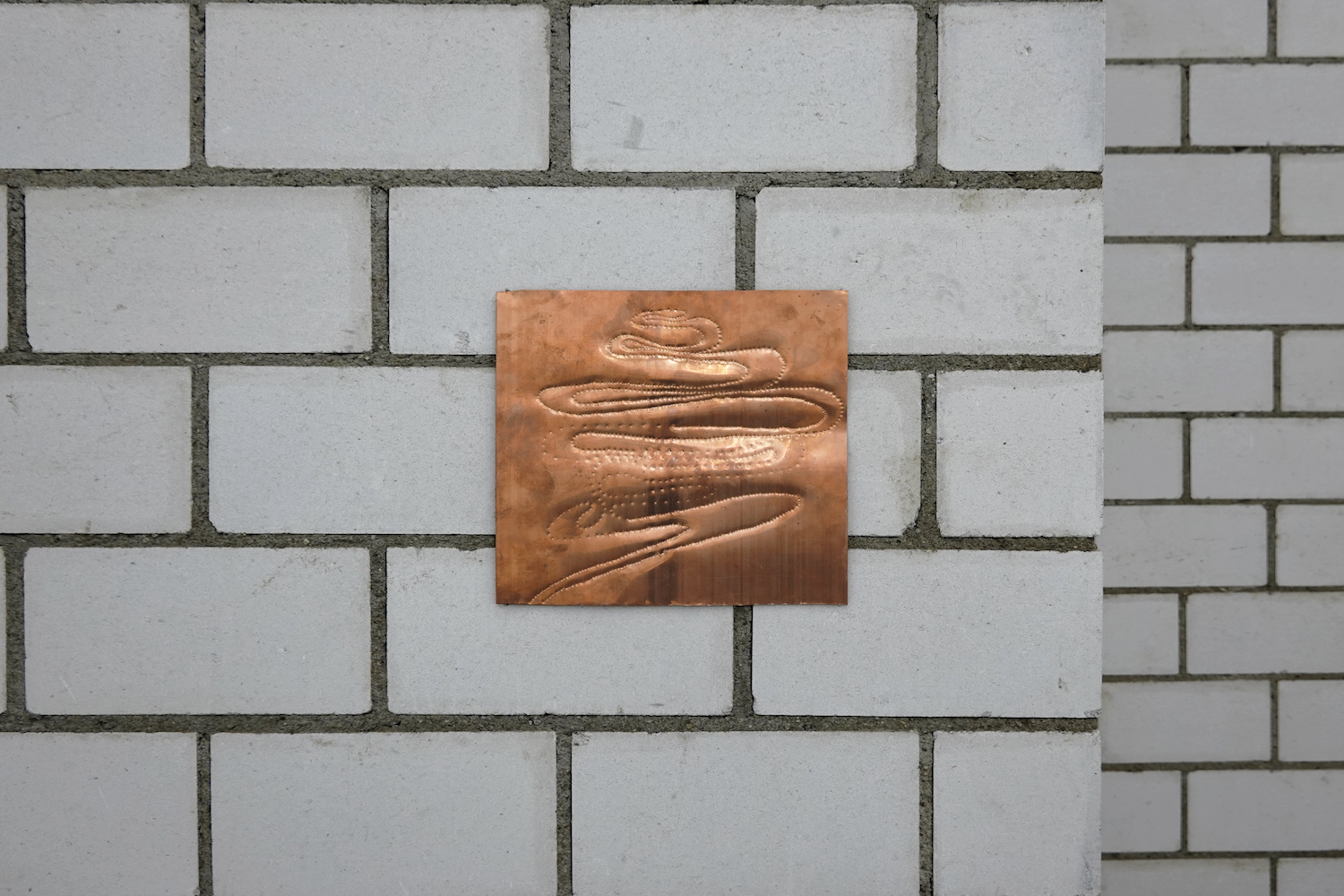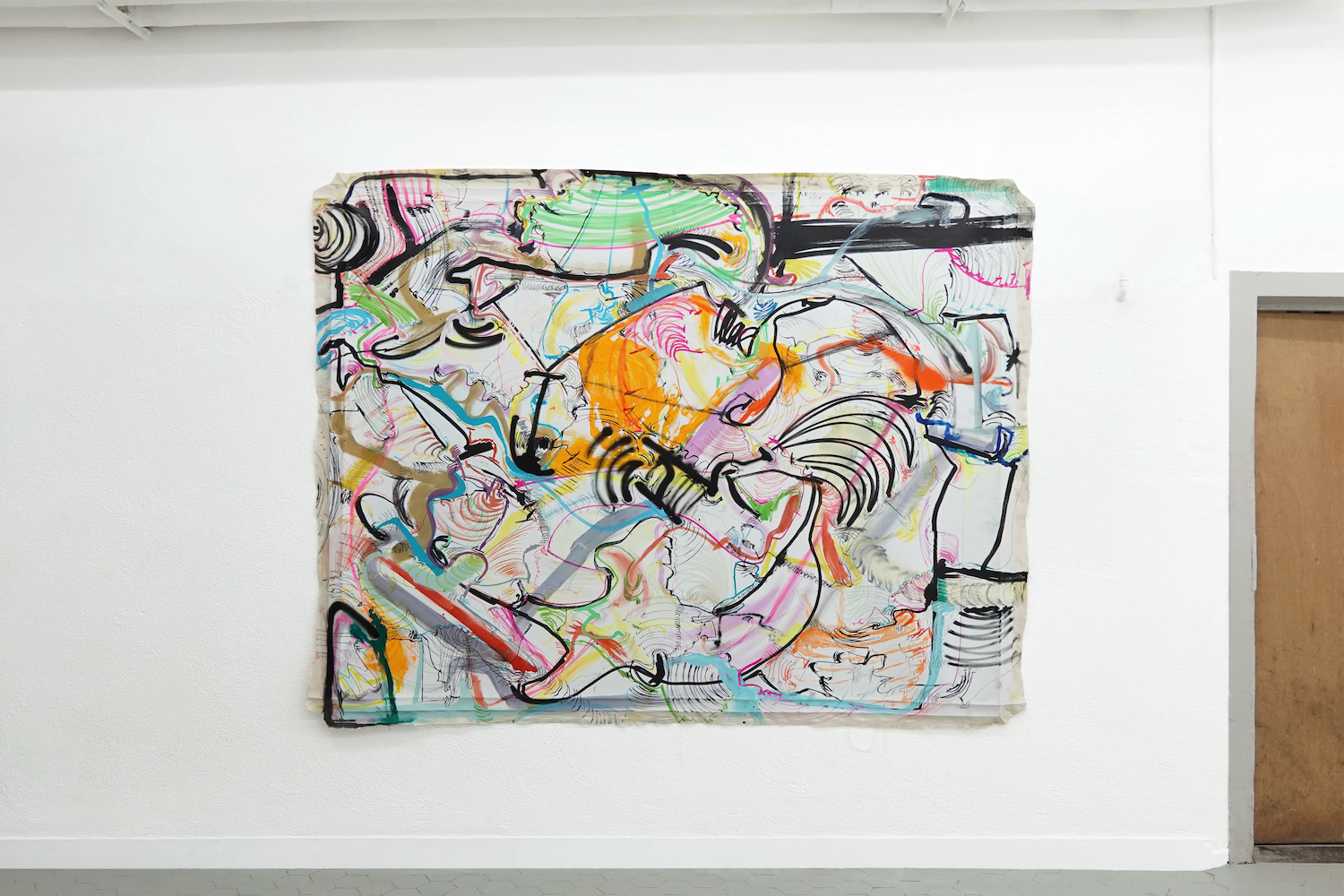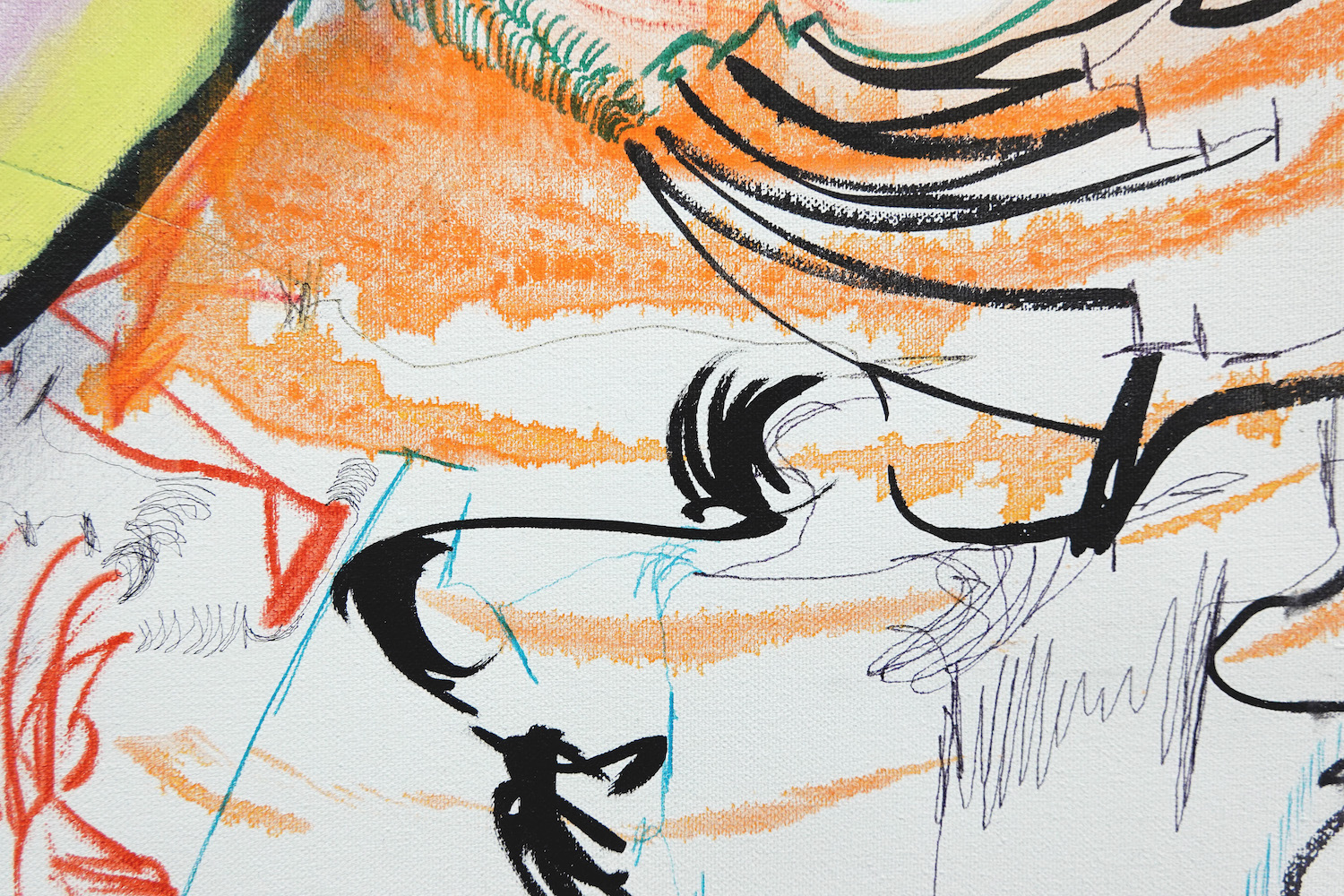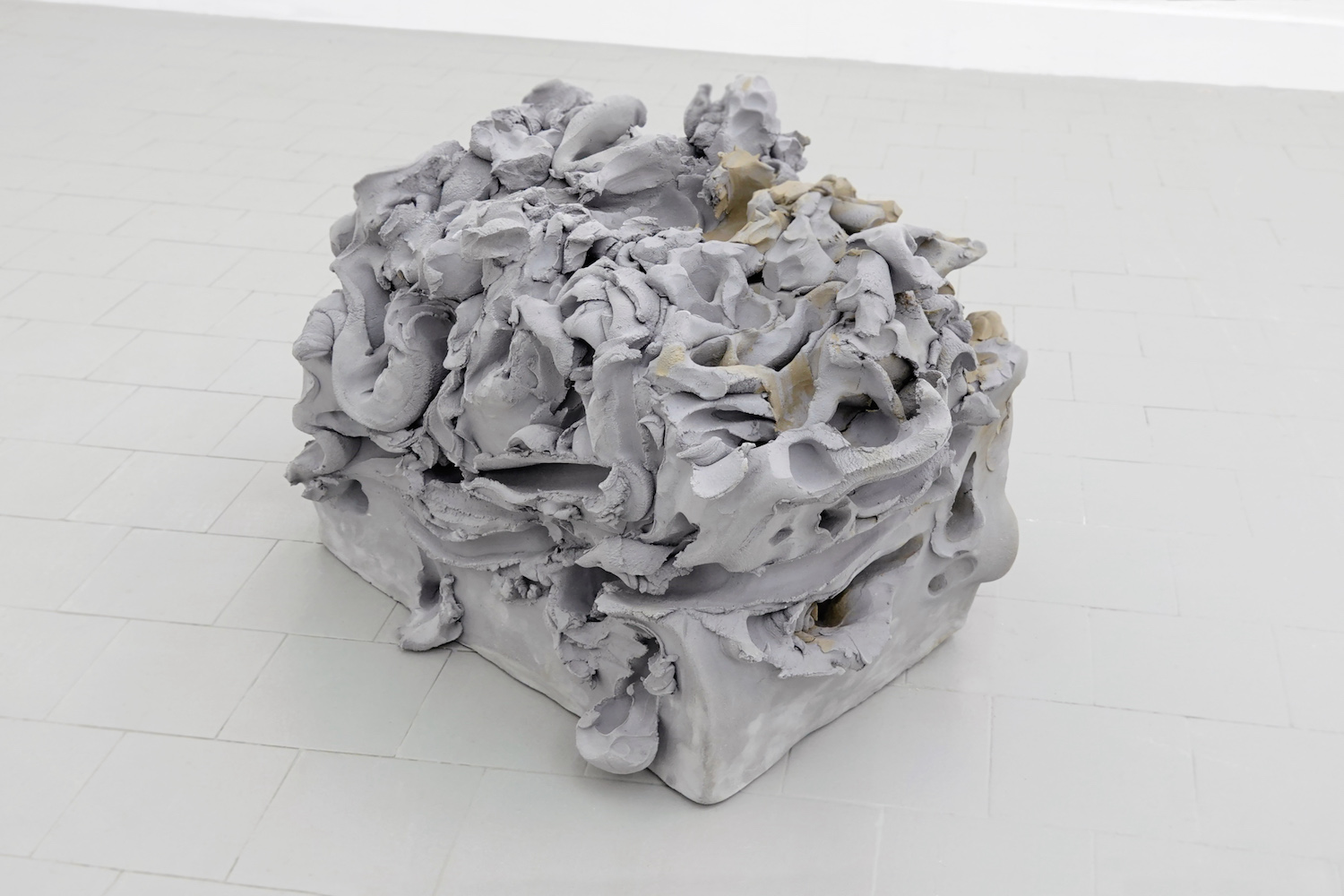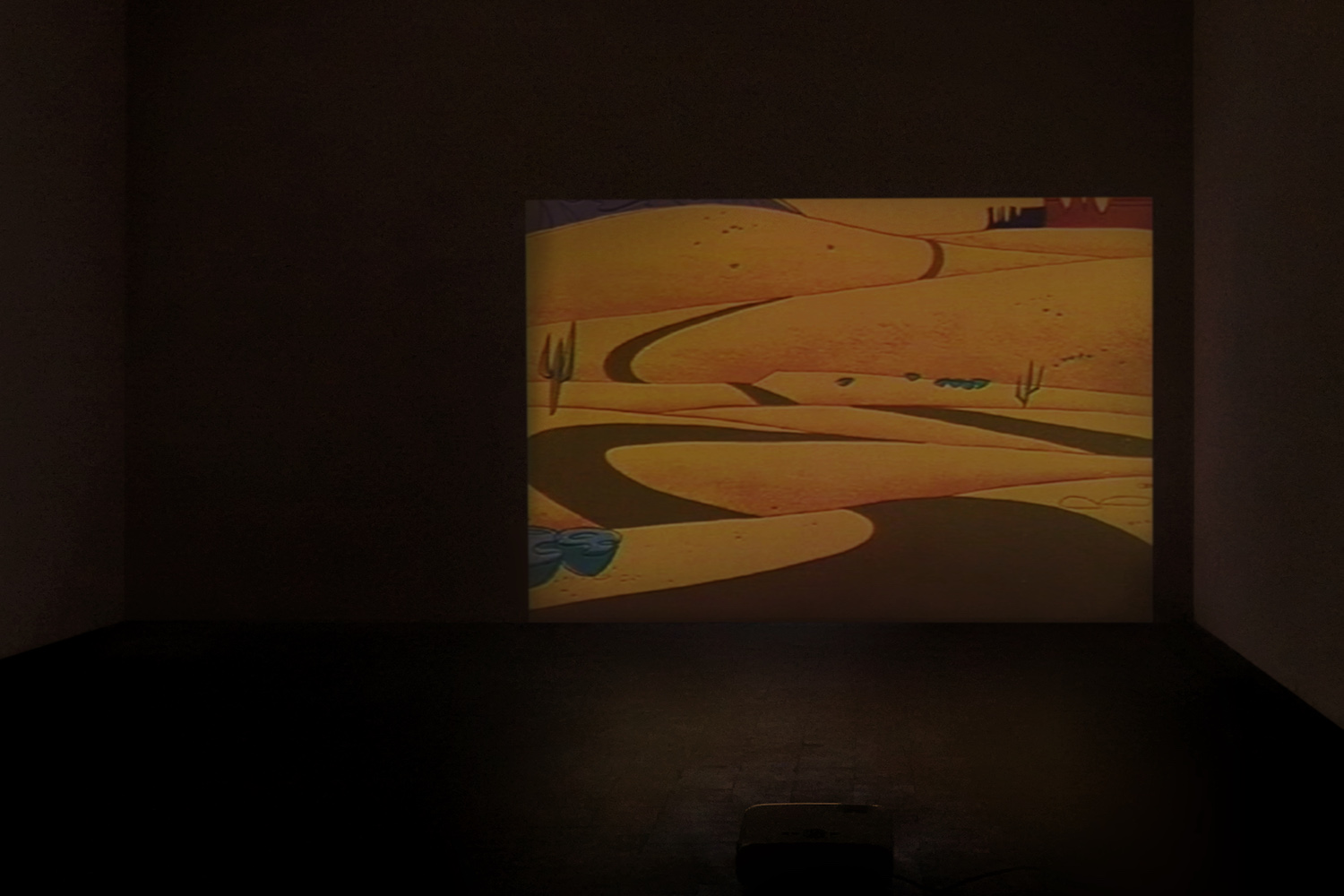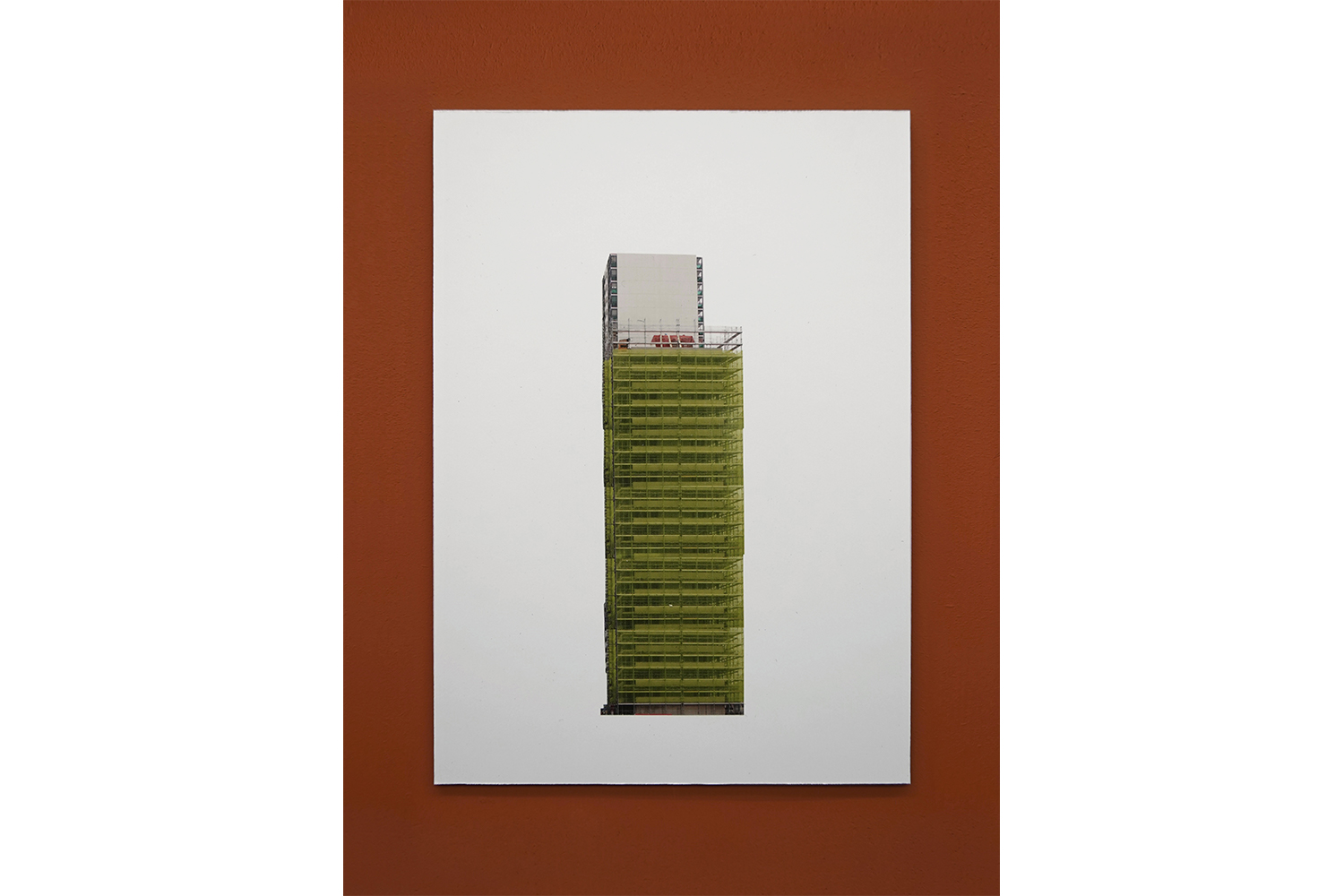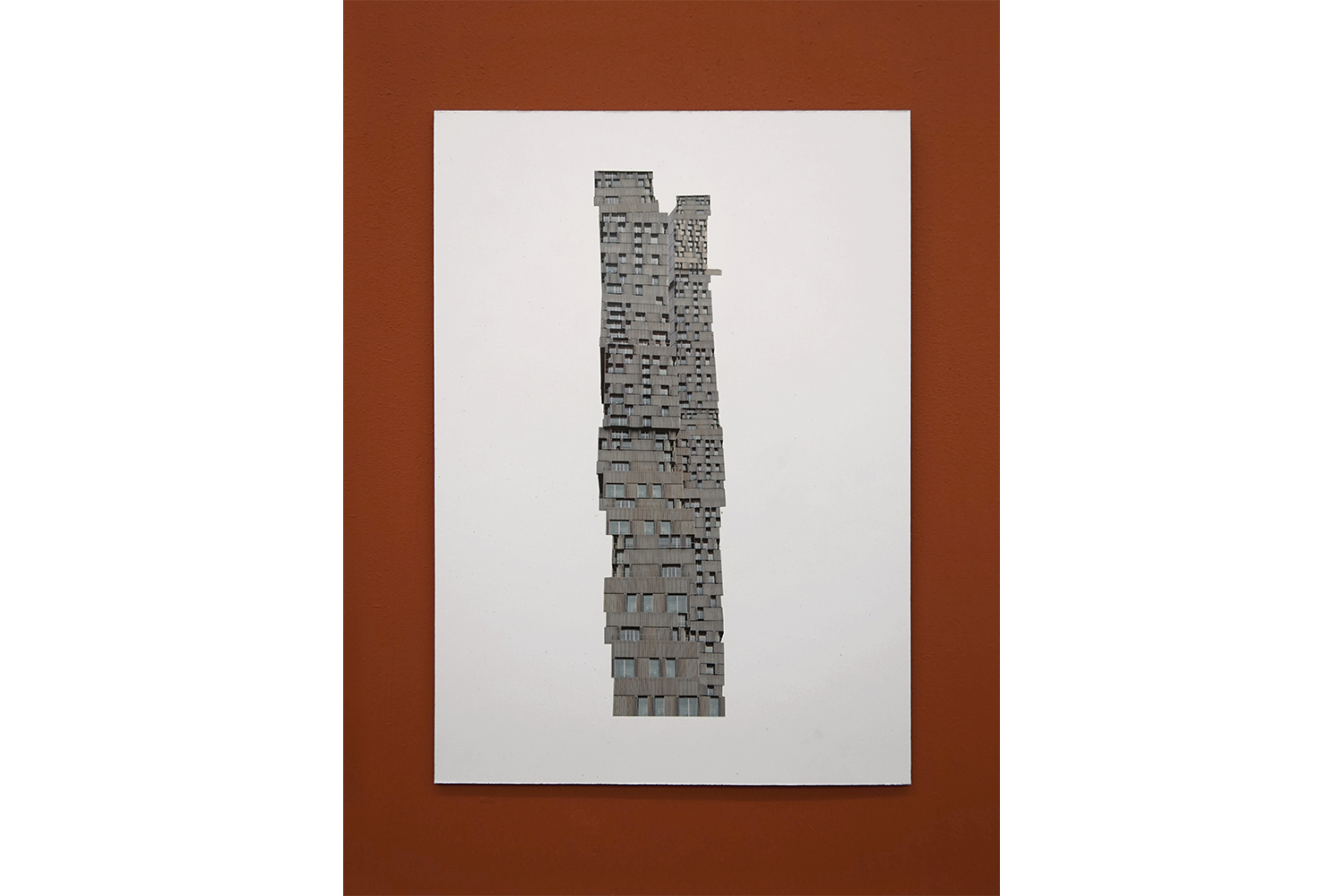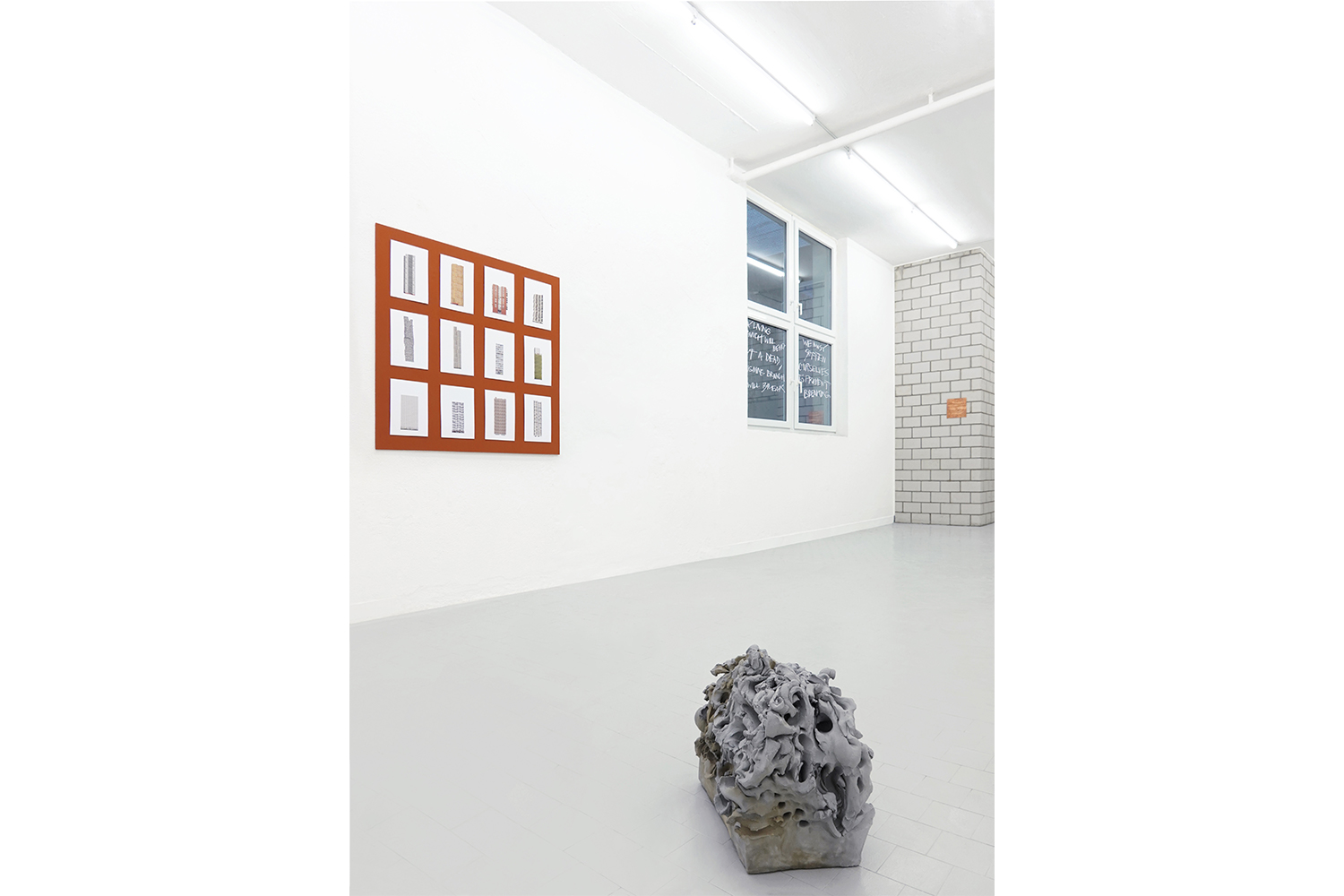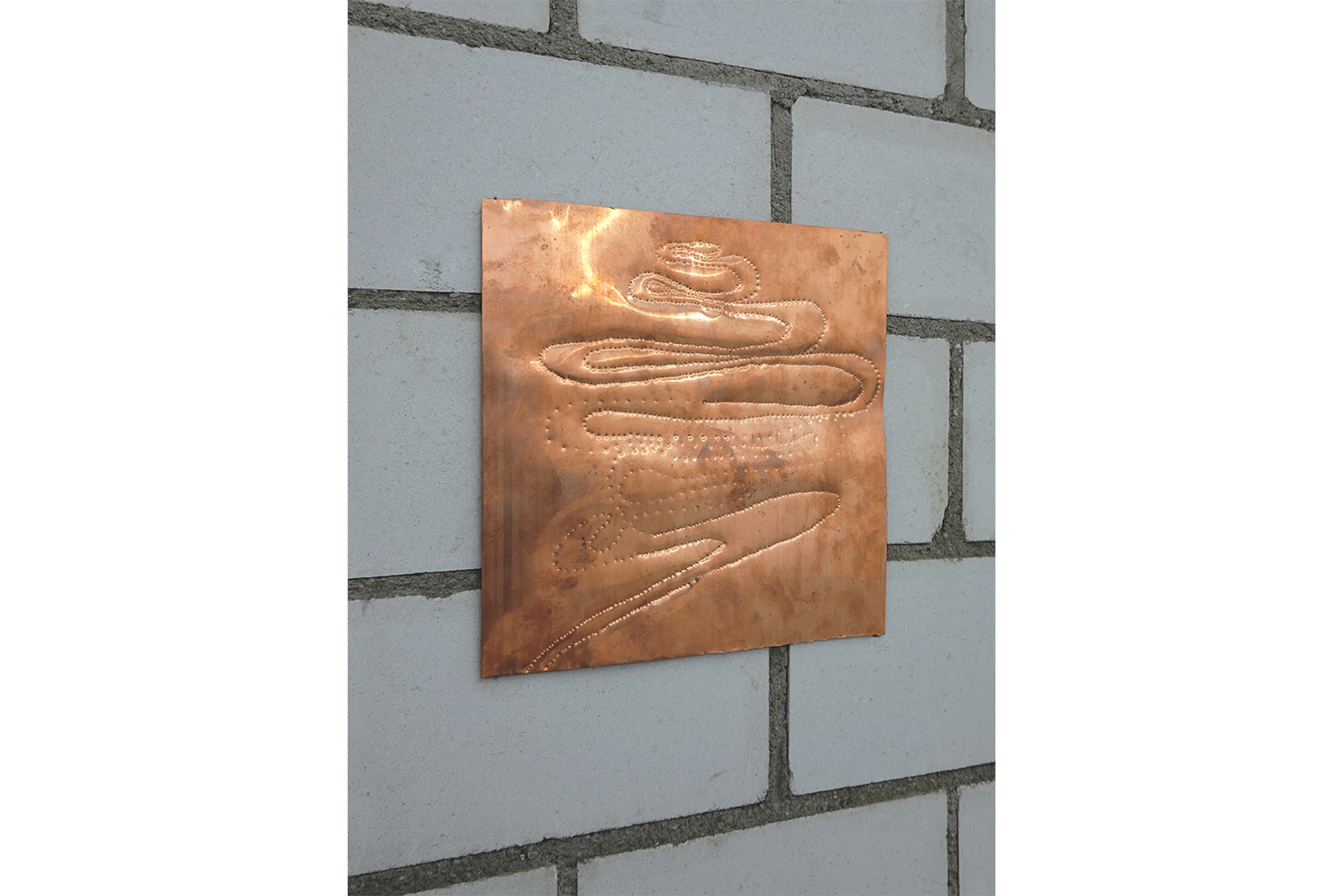A friend of mine had taken an interest in my period of lingering ill health. He was older by several decades and had worked with various traditions of healing in the jungle, where he lived for many years. We had several conversations about the subject of my healing and he made a few suggestions – raw potato juice, intensive exercises – which ultimately proved unhelpful to my case.
Nearly a year after the first attempts, he called with a new idea. We met at his home and he gave me a jar of pale yellow liquid. On the side, a label read “peyote,” which I knew was a hallucination-inducing cacti from the desert used religiously by Native Americans. My friend hoped this would give me insight into my situation and would allow me to take a new course of action for my recovery. “It’s a diagnostic tool,” he told me.
He suggested that I take it alone in a dark space for the sake of introspection. The house where I was living had an extra room in it, which I had previously used as a large closet, and I spent a few hours cleaning it to make it suitable for a private ceremony. I laid out pillows and blankets and water and some pencils and paper, in case I had the inclination to draw or write. I had never consumed peyote, but my friend assured me that this was a mild dose, appropriate for a beginner.
I drank the tea in the late afternoon on a winter day. The taste was gently bitter but not unpleasant. I lay still and quiet for an hour, meditating on what I hoped the experience would bring me. When I noticed some light fuzziness to my perception, I turned on some peyote chant music by Louie Gonnie. At first, I felt heavy and unable to move and the music seemed alien to me, but within a few minutes, I felt a humming inside of me.
I began twitching and jerking and the energy from these movements brought me to my feet. I started to dance in a manner I had never danced before. My limbs shook. I lifted one arm in front of me, as if I were pointing at something on the wall and felt the tremors radiate from my finger to my shoulder to my organs. It seemed my entire body had transformed into a vibrating massage tool. I could not control it, and I found it deeply pleasurable. This continued, off and on, for 5 hours. I experienced no hallucinations or radical shifts in consciousness – only the movements, which continued until I collapsed in exhaustion.
I have always been a shaker. Anxiety gives me fasciculations. The cold gives me shivers. Sometimes I get an eye twitch from reading. It seems, in general, that my muscles enjoy expanding and contracting in small rapid patterns, like morse code. It’s natural for them to flutter, and yet I often regard these movements with concern. I was almost embarrassed at first. Moving in these ways isn’t part of our accepted societal vocabulary of movements. If someone shakes in public, we assume something is medically wrong with them. Shakey is unstable.
Dancing is the cultured human’s primary mode of acceptable shaking, and many people feel that it taps into something primal and necessary. Otherwise, this behavior is relegated to religious circumstances, like peyote ceremonies, or churches. The Shakers and the Quakers, for example, are two religious societies who take their names from the movements that overcome them in the presence of God. The holy spirit moves them.
Stillness, on the other hand, is unnatural. Stiffness is a sign of death. As the Buddhists say, a living branch will bend but a dead, ungiving branch will break. Just look at the animal kingdom and you will see all kinds of shaking: birds, dogs, fish, deer. For other creatures, tiny quick repetitive movements happen for all kinds of reasons (e.g., a dog shaking itself dry) but most notably, animals tremble to realign the nervous system after danger. A deer runs from its predator in terror. When it eventually finds safety, it pauses to trembles out the experience. This is the natural way: stress leads to rigidity and we must soften ourselves to prevent breaking.
A few years ago, I began an activity called TRE or “trauma release exercise.” It was a technique for executing these taboo, animalistic movements in a controlled setting. The process is to push your muscles to point of fatigue and then allow them to twitch involuntarily. This exercise activates a peculiar itch inside of the body which can only be scratched with a shake that comes from deep inside. The movement usually begins in the legs and then migrates across the arms, shoulders, and back. I find myself yawning a lot when it happens. It’s satisfying. Supposedly, this whole thing gives a kind of release to the psoas, a hard-to-reach muscle in the pelvis area, where the body holds tension. The experience feels alarming at first, and it certainly looks distressing, but the result is cathartic. For this reason, veterans and other survivors of extreme trauma will practice the exercise for relief.
So I began doing TRE weekly and it seemed to help with mood, energy, and general well-being. This went on for months, and at some point, I stopped considering it a discrete practice. The project seemed to have fulfilled its purpose. I had studied my nervous system and formed a new relationship with it. By then, I rarely put aside time for TRE and no longer treated it as a formal practice. Now, the shaking could come over me at any moment. The impulse arises like a sneeze or cough and for my part, I just have to let it happen.
– Ross Simonini


